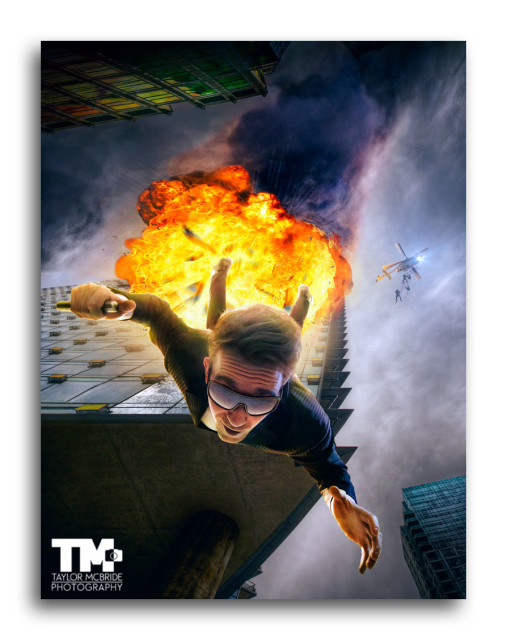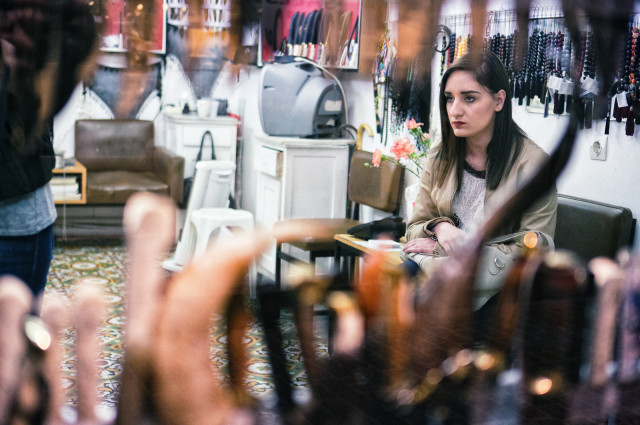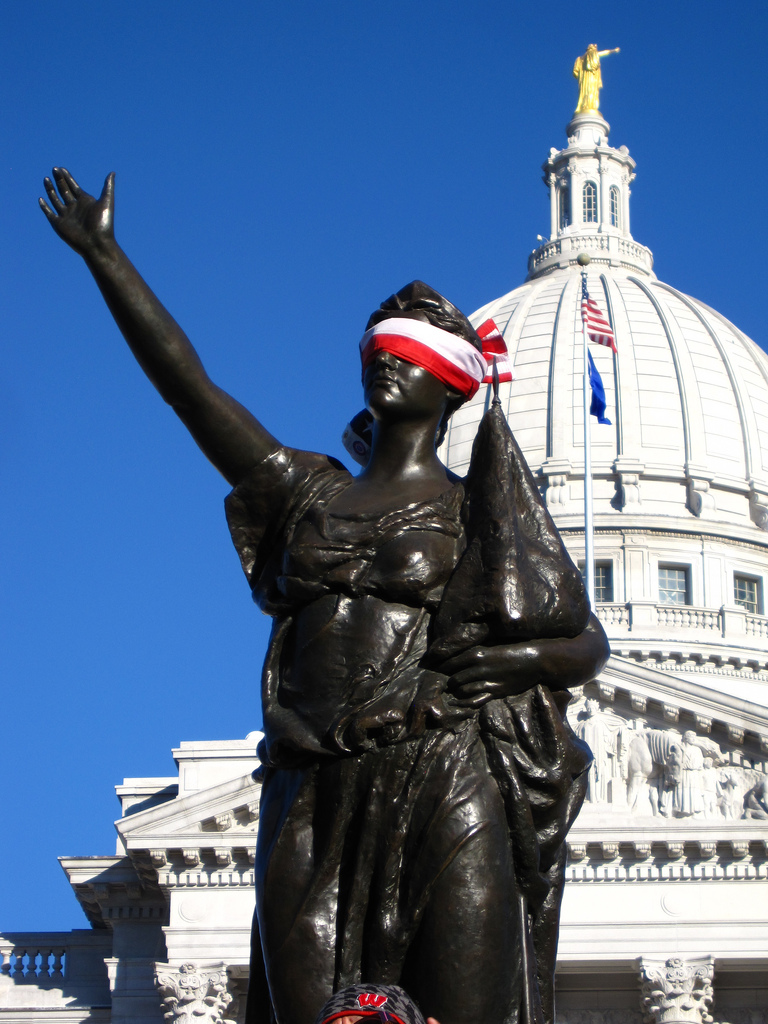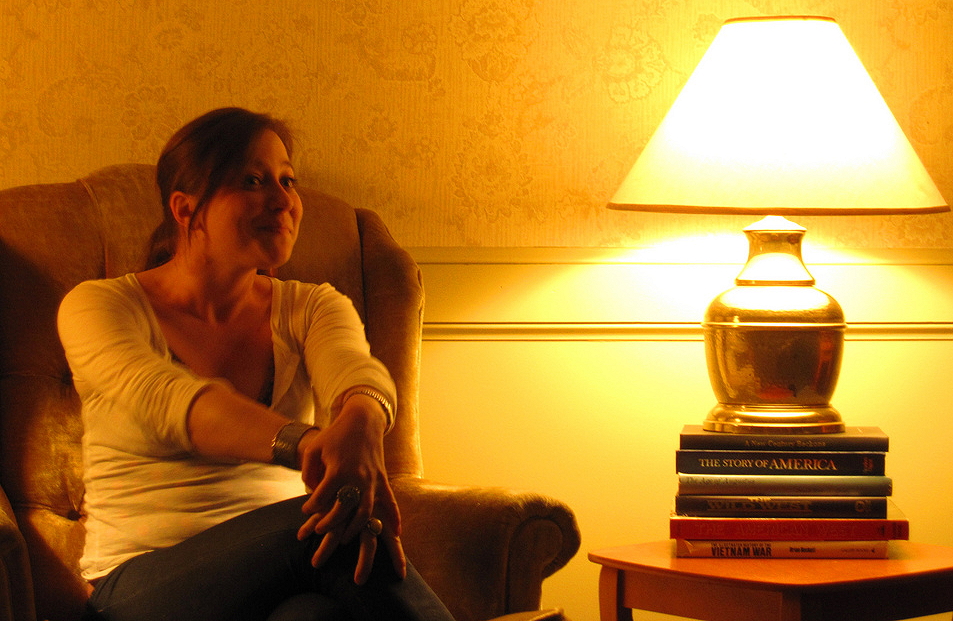Facilitating: try to remember we are all different
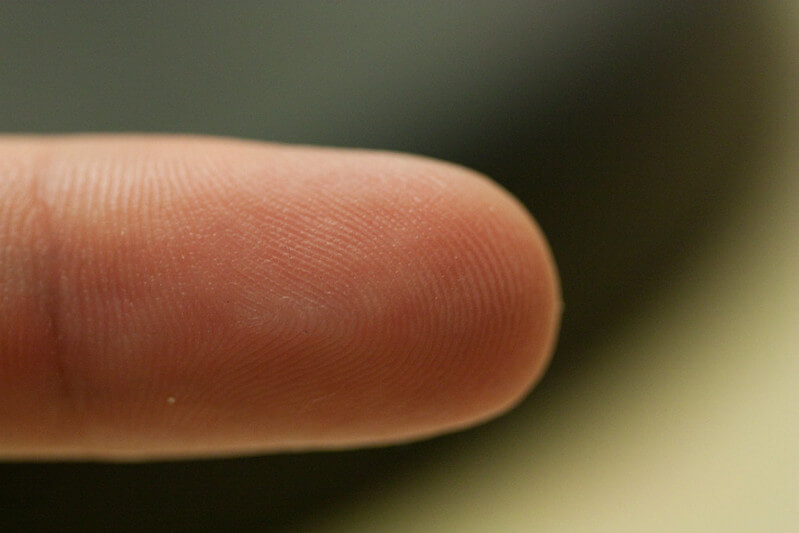
I can be better than I expect at noticing differences
I know that everybody’s fingerprints are unique, though that doesn’t help me facilitate better. But sometimes, to my surprise, I become aware of subtle useful differences between members of a group.
For example, most weekdays I meditate with an online group. Each day, while my eyes are closed, one of several teachers starts the group and rings a bell. By now, I can tell which teacher is leading us simply by hearing how they sound the bell.
Another example. Long before the internet existed, I taught introductory programming to college students. They’d hand in their printouts of short programs and sometimes forget to write their names on the paper. No matter. By the second week of class, I could easily recognize the way each student wrote code and know whose program it was.
Having enough time for helpful noticing is often a problem, though, unless I have the luxury of working with a group for a day or more, or meeting with them multiple times.
Facilitation is necessarily imperfect
What’s difficult, of course, is that participants differ in countless ways, most of which I don’t know.
Consequently, when leading a group, any instructions or guidance I share might be just right for some. For others, what I say may be ineffective or even counterproductive.
However, trying to please everyone is invariably counterproductive. My facilitation will always be imperfect.
Knowing this, what can I do to make my facilitation as good as I can?
Knowing my facilitation strengths and weaknesses
To help work with differences, facilitators need to be aware of their strengths and weaknesses. Here are some of mine:
- I am usually good at reading faces, body language, and the emotional content of speech.
- However, this focus means that my visual awareness of other activities in the room leaves something to be desired. (For example, don’t expect me to notice, at least for a while, the new floral centerpieces that staff installed during a break!)
- I’m easily distracted by superfluous noise.
- My academic training makes me prone to providing more detail than sometimes is necessary.
- Unlike some facilitators, I don’t have much of a gift for rapidly getting participants’ attention.
- As I age, my ability to keep track of multiple issues and conversational threads continues to decrease.
Knowing my facilitation “fingerprint” helps me be aware of situations where I need to be especially careful, and perhaps get help. For example, I’ll sometimes co-opt a charismatic participant or two to help me regain participants’ attention. And I often ask volunteers to use a flipchart or projected Google Doc to capture things we need to remember and/or return to.
Noticing differences that matter
Thankfully, although facilitators generally know little about participants, many differences aren’t relevant to the current circumstances. And we often notice valuable differences. Facilitators obtain information from all kinds of things: facial expressions, body language, emotional responses to events, and what people say and do.
Such observations are key to working with a group and responding in useful and supportive ways to what comes up.
For me, noticing differences that improve my facilitation is motivated by deep curiosity and love of people. Curiosity helps me notice potentially important clues to what’s going on, and what people want and need. Love gives me the energy to do what is often hard in-the-moment work.
Noticing differences that matter guides me in one of the more challenging aspects of facilitation: steering a responsive path between the extremes of providing rigid directions for everyone to follow versus letting people do whatever they want with the group. Noticing differences helps me choose the right words and actions that offer appropriate structure and support while still allowing different approaches and responses.
That’s why, while facilitating, I try to remember that we are all different.
Image attribution: Geoffrey Fairchild, original image under a CC BY 2.0 Deed license


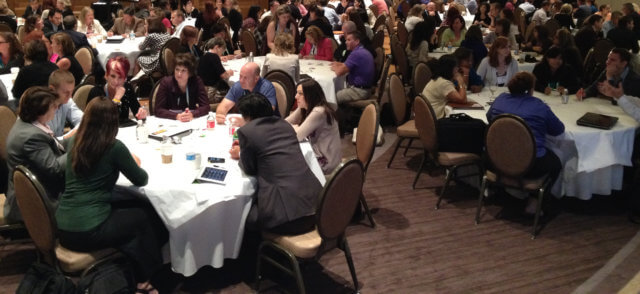 How can you improve your facilitation practice? Here’s an example that illustrates what I do: a mixture of
How can you improve your facilitation practice? Here’s an example that illustrates what I do: a mixture of 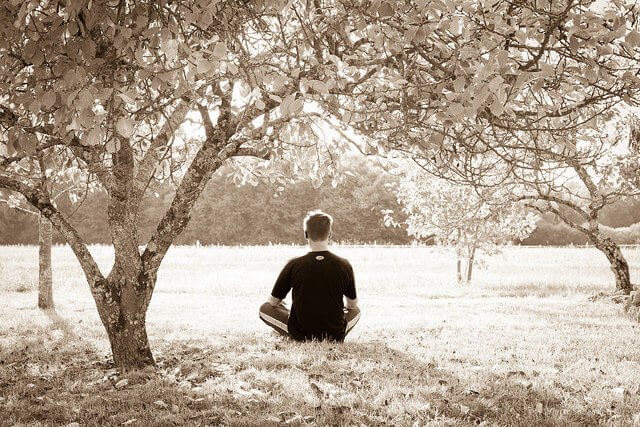

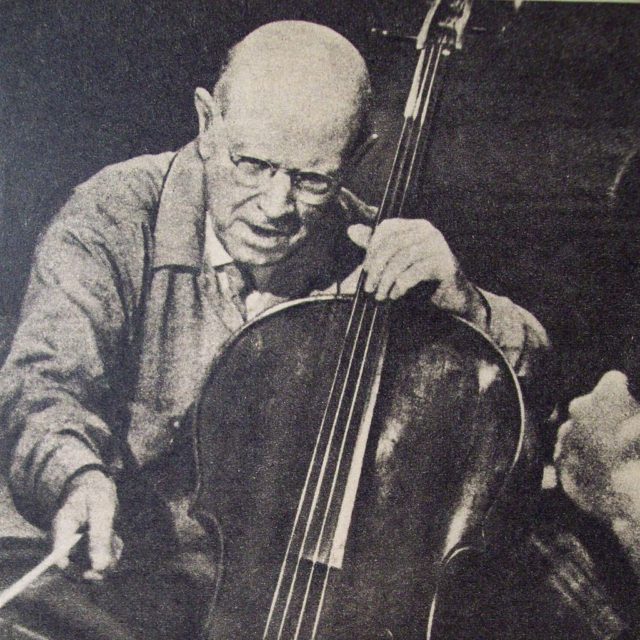
 How can we get better at doing anything?
How can we get better at doing anything?